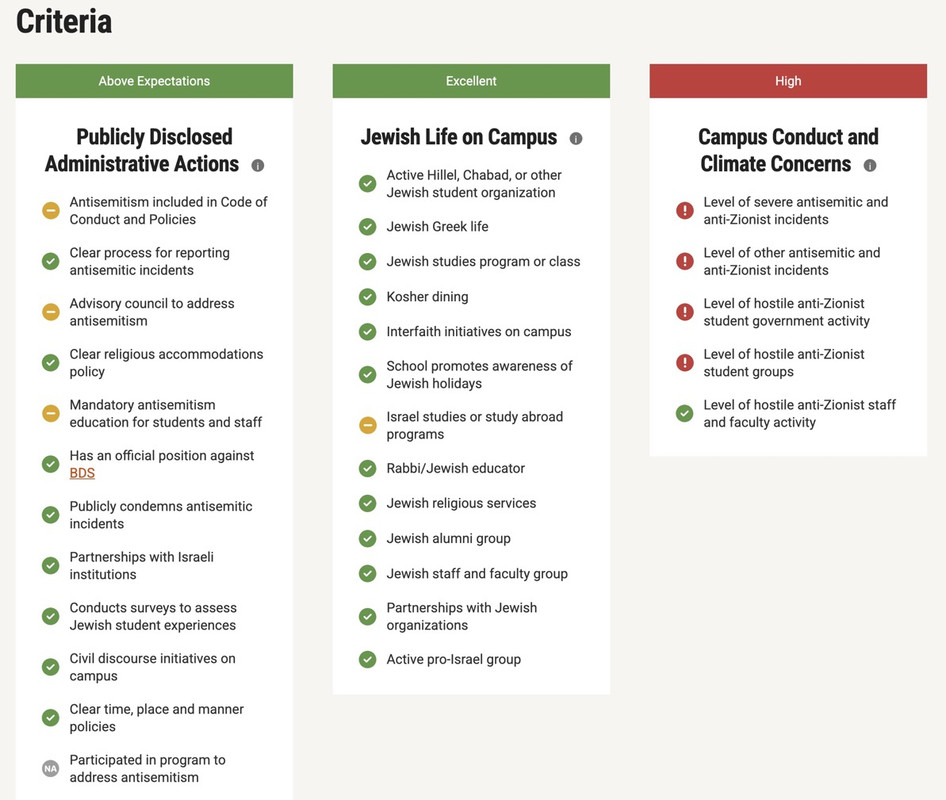General Discussion
Related: Editorials & Other Articles, Issue Forums, Alliance Forums, Region ForumsIn first, voters in Boston suburb back municipal proposal to divest from Israel
JTA — A municipal ballot proposal to divest from Israel went before a popular vote for the first time on Tuesday — and pulled off a decisive victory.
Question 3 won more than 55 percent of the vote in unofficial election results in the Boston suburb of Somerville, Massachusetts, as the Israel-divestment movement saw the elevation of its most well-known proponent in politics — Zohran Mamdani — to mayor of New York City.
Local pro-Palestinian, anti-Israel activists claimed victory, with Somerville for Palestine — the group that gathered the signatures required to put the non-binding resolution on the ballot — posting a celebratory Instagram video alongside the Boston chapter of anti-Zionist group Jewish Voice for Peace.
…
Home to Tufts University and several Jewish congregations, the four-square-mile Somerville has a population of around 82,000. Residents voted on whether its mayor should “engage in business that sustains Israel’s apartheid, genocide and illegal occupation of Palestine.” The local teachers union endorsed the measure.
…
https://www.timesofisrael.com/in-first-voters-in-boston-suburb-back-municipal-proposal-to-divest-from-israel/
Lonestarblue
(13,115 posts)I’m tired of my tax dollars and the US government serving Bibi and his hateful regime.
usonian
(22,371 posts)Tufts University is in Medford and Somerville.
https://en.wikipedia.org/wiki/Tufts_University
In 2024, the Anti-Defamation League gave Tufts a grade of “F” for failing to address campus antisemitism.[154]
https://www.adl.org/campus-antisemitism-report-card/tufts-university
Summary:

Kind of a mixed bag.
Note: I haven't been in the area for some 50 years, so this is just passing along info I found.
Celerity
(53,014 posts)
The Anti-Defamation League Is Not What It Seems
https://www.bostonreview.net/articles/emmaia-gelman-anti-defamation-league/
May 23, 2019
snip
The ADL’s persistent power in U.S. politics has been strangely unaffected by its history, probably because that history is so little known. The Ilhan Omar debate should be shaped by at least two aspects of it. The first is that the ADL has consistently sought to undermine the left, leveling a charge akin to dual loyalty: that the American left’s calls for redistribution of power, its solidarity with global movements, and its prioritization of people over states threaten the very concept of the state. Indeed the ADL, in addition to its stated mission of shoring up U.S. support for Israel, is deeply loyal to the U.S. state. The second is that the ADL has waged a long, vigorous, and successful campaign, alongside AIPAC, specifically to characterize Arab American political organizing as dual loyalty.
This history is particularly important because despite losing this particular battle with Omar and identifying more openly with the right (consider, for instance, the ADL’s celebration of Trump’s Jerusalem embassy move), the ADL is experiencing a renaissance in its visibility, influence, and fundraising power among well-meaning liberals. It is fueled by the new national interest in white supremacy, which the ADL has long surveilled and researched, and which the FBI and Department of Homeland Security (DHS) have been charged to ignore in favor of targeting Muslim communities. (The ADL advocated surveilling both.) The ADL’s ubiquity in U.S. discussions of white supremacy is exceeded only by the Klan’s: more than two-thirds of the 46,000 articles on white supremacists or white nationalists posted in the past year have referenced the ADL. That coverage has spiked by 1500 percent in 2019 alone, based on Factiva database searches for terms “white nationalist” and “white supremacist.”
Link to tweet
At a time when it should be easier to see the ADL as a conservative knowledge production agency, a resurgence of concern with “hate” has only consolidated its power. The ADL’s power to mobilize against black leadership does not rest on leveraging anxieties about anti-Semitism. It draws instead on the ADL’s much broader authority it has won over anti-black, anti-immigrant, and anti-queer “hate.” It is a quasi-state role that the ADL developed in just a decade, throughout the 1980s: the period of collective U.S. desperation about white supremacist violence preceding the one we are in.
Like other major Jewish organizations (and unlike the many Jewish leftist organizations that have existed in opposition to it), the ADL has evinced a strong allegiance with the U.S. state. It was committed to its civilizing mission of settlement, and to capitalist individualism as the framework for rights. In addition to keeping watch over threats to the state—Nazism, Communism, or demands for equality that went too far—the ADL sought out or welcomed ways to participate in the administration of the state. It collaborated with the House Un-American Activities Committee in the late 1940s and 1950s; it also tried and largely failed for several decades to interest the FBI in considering it a partner in monitoring threats. (FBI files made public under Freedom of Information Act requests document some of these efforts.) It found an opening in civil rights work where, ten years after the Voting Rights Act, ongoing racial conflict and white supremacist violence produced a new wave of demands for state action.
snip